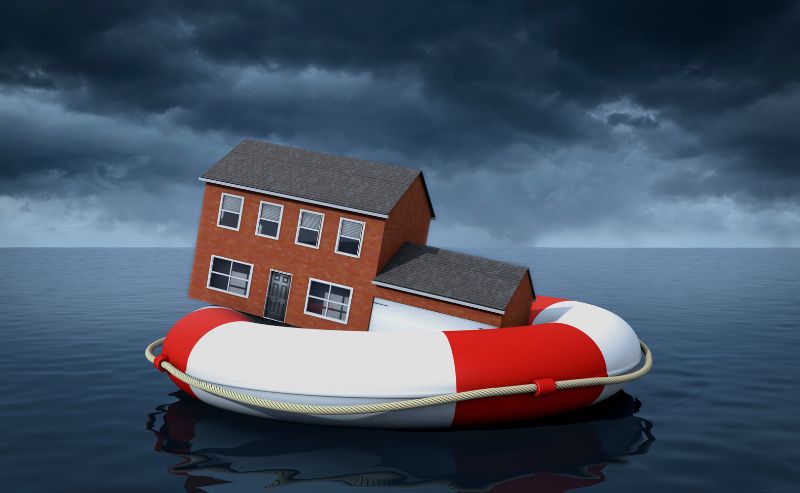Recently, I saw an advertisement for a plumbing company that caused me to look at culture of preparedness ideals through a slightly different lens. The advertiser emphasized their employees were required to pass an initial background check. Moreover, they were routinely screened to foster a drug-free work environment.
For me, this was a powerful message. I was impressed by the fact they invested time, effort and money to evaluate their employees. I liked having assurances about who had access to my home and family.
My thoughts then shifted to our emergency management and continuity communities. I wondered why we were not better, as an industry, at screening employees and others who have access to our sensitive plans and develop or deliver our critical trainings?
Many private sector organizations accept a resume as an “application” for employment. Most are accurate and contain valid information. But, there could be others that are embellished or even submitted with not-so-good intentions.
Have you taken the time to validate what is listed? Or, did you simply accept the submission and move on? A few minutes invested in verifying credentials, certifications, degrees, etc. can save a lot of time, effort and potential embarrassment in the future.
So, what actually constitutes a background check? Is it a local agency database search, a state records inquiry, or a National Crime Information Center (NCIC) warrants and criminal history check?
Background checks can range from basic online “enter a name” services, to full-blown fingerprint verifications that examine all aspects of a person’s background. A word of caution here, however. Not all states and counties report arrests and convictions to a central repository, so a serious crime could be missed if the county or state does not participate in NCIC.
Due diligence is no longer defined solely by the individual agency or organization. Today, it is defined by best practices and standards developed by top private sector organizations and government agencies. Your organization should consider how best practices in this area overlay your structure and needs. Consider a multi-source approach.
So, are you doing your part to properly safeguard your emergency and continuity plans?






